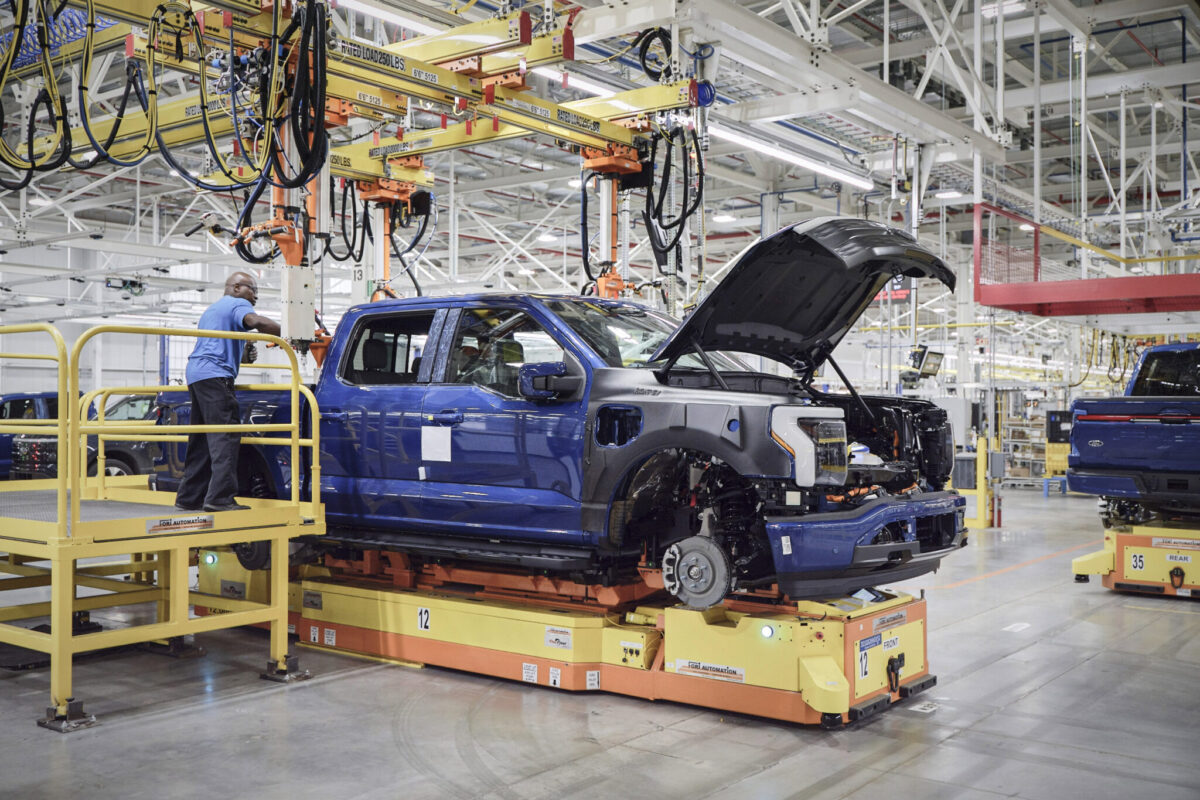The current status of state-level renewable energy legislation is something like a house of mirrors. Legislation is being introduced, voted on and passed at a breakneck pace, as more and more states embrace the energy transition, and no two are exactly alike.
Today, we shift our focus to Washington State, where House Bill 1211 has passed its namesake chamber by a margin of 56-42. HB 1211 is the companion bill of Senate Bill 5116, will require the state to adopt 100% carbon-free power by 2045, as well as phasing out coal by 2025 and requiring all electricity sales to be carbon-neutral by 2030. The bill has now passed in both chambers, meaning that it is destined to end up on the desk of Governor Jay Inslee (D) after it goes back to the Senate for reconciliation, as some minor amendments were made in the House.
And since Inslee proposed this plan to begin with, there is no doubt that he will sign the bill.
If all goes according to plan, Washington will become the fourth state and sixth state-level jurisdiction to pass such a measure, joining Hawaii, California, New Mexico, Puerto Rico and Washington D.C.
An interesting tidbit in this bill comes from section 5, subsection 4, which states “In making new investments, an electric utility must..: (c) In acquisition of new resources, rely on renewable resources and storage.” Here again we see the symbiotic relationship of renewable energy and energy storage married in legislation, long and happy may it be.
Washington is a particularly interesting case study for a shift to renewables. The state currently gets around 68% of its energy from hydroelectric resources, with coal and natural gas comprising 24% of the remaining 32%, though their days are numbered. Of the final 8%, half of that figure comes courtesy of the Columbia Nuclear Generating Station – the only nuclear power plant in the Northwestern United States.
While these numbers are not inspirational to the solar oriented, they are due for a shift. Casting aside the area’s gloomy stereotype, the arid lands east of the Cascade Mountains is prime for future development, which could very well help ease the upcoming generation gap.
Until last year, the state’s installed capacity was dominated by residential PV, with some small blips of commercial development. Then, when 2018 rolled around, came the utility scale explosion, to the tune of roughly 30 MW, which sounds small until you realize that represents around 17% of all installed solar capacity within the state. The foundation and opportunity are both there, and hopefully the state’s solar industry will not be too marred by the development limbo that the proposed 75 MW Teanaway Solar Reserve has been in for the better part of a decade.
Either way, the energy revolution keeps marching, with no signs of slowing down.
This content is protected by copyright and may not be reused. If you want to cooperate with us and would like to reuse some of our content, please contact: editors@pv-magazine.com.









Following through on the assessment of the State of Washington’s electrical supply I did not see any contribution of wind to the mix. It is currently over 6%.
https://www.awea.org/resources/fact-sheets/state-facts-sheets